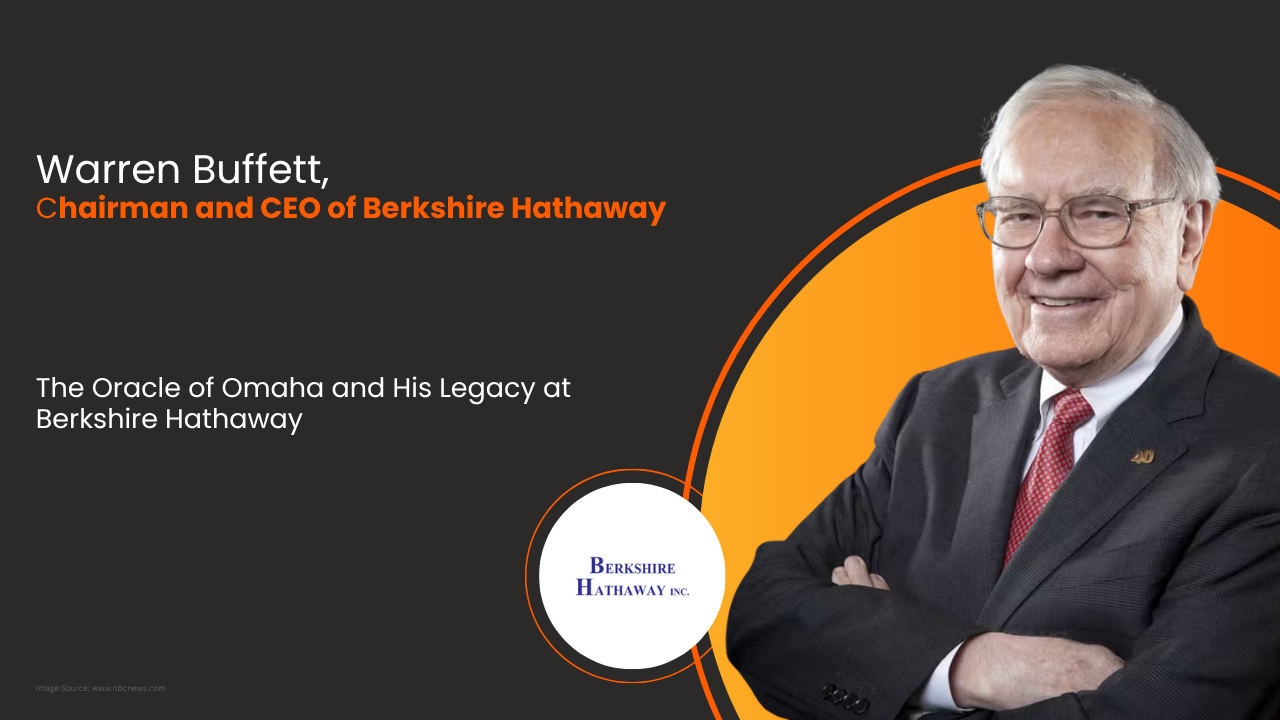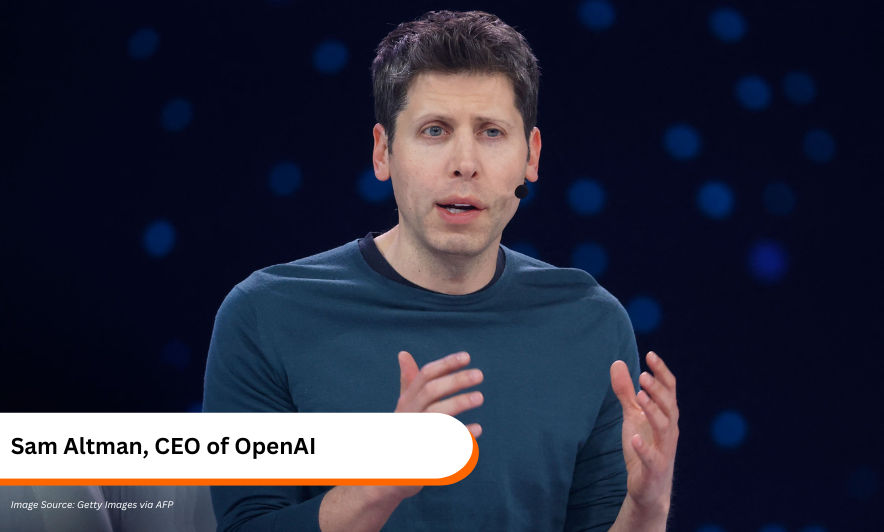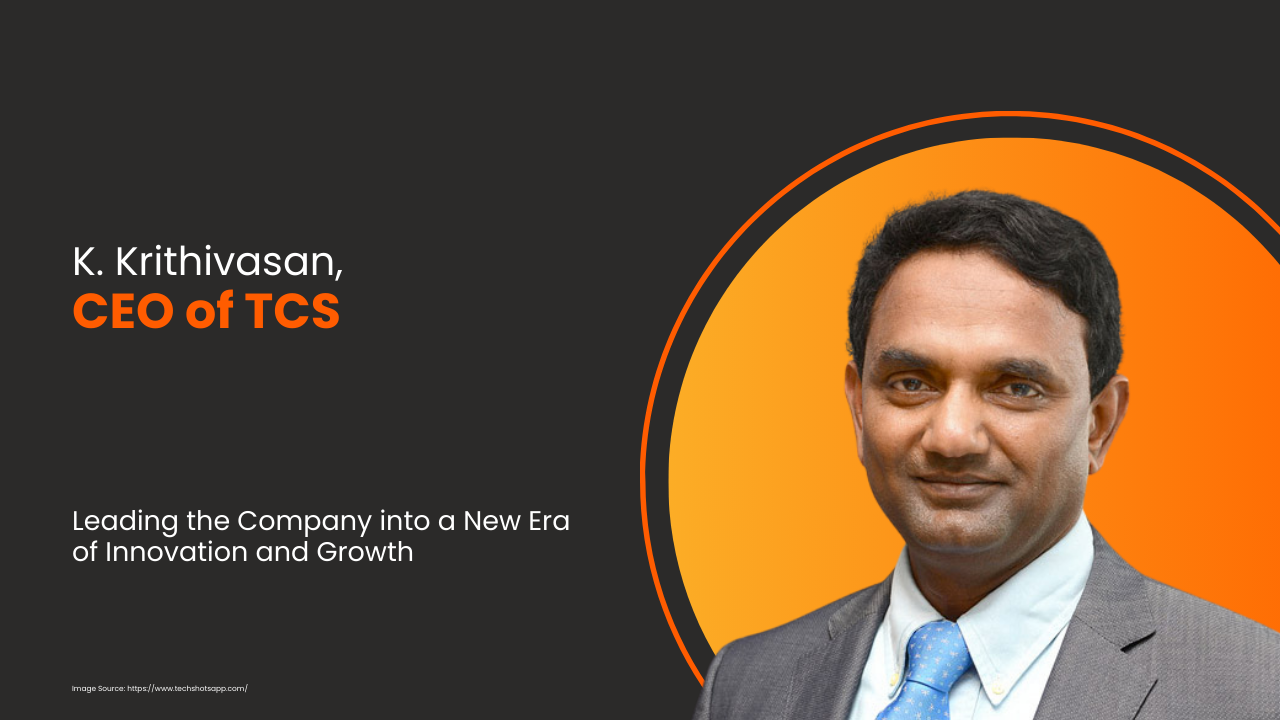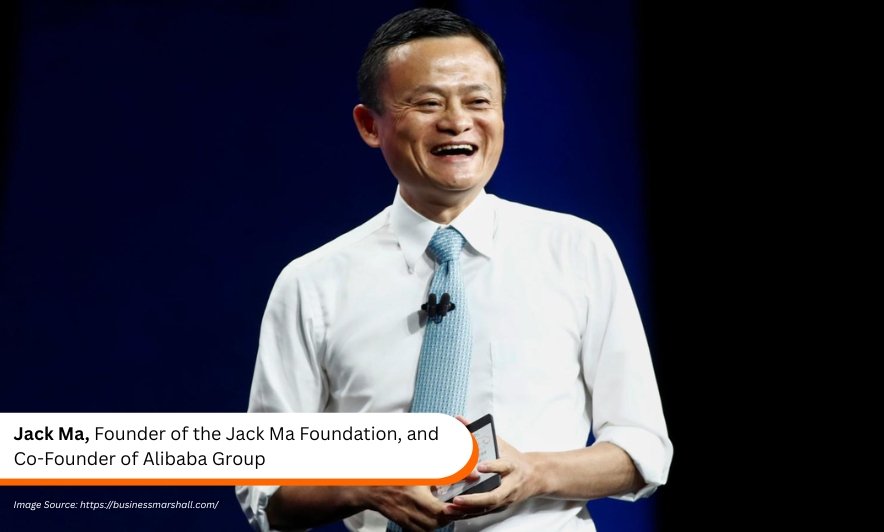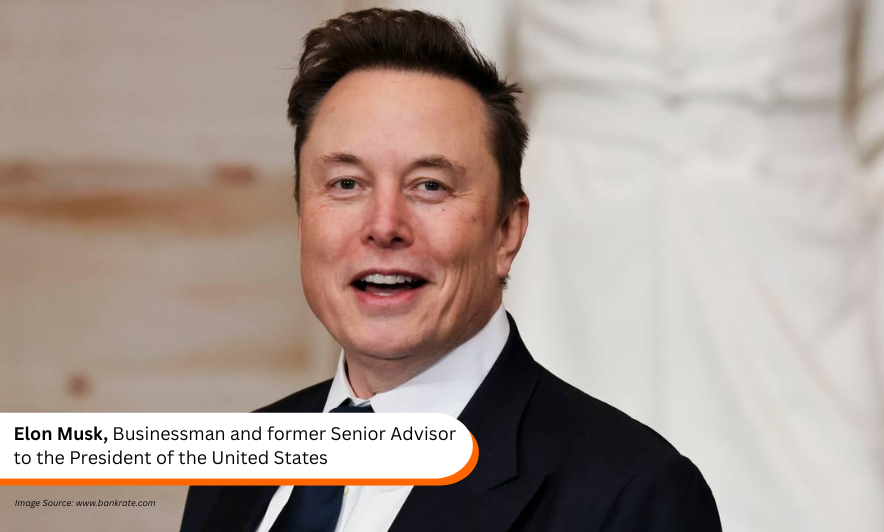A comprehensive profile of Jim Farley, CEO of Ford Motor Company, exploring his early life, career journey, leadership style, and the innovative strategies driving Ford’s transformation in the electric and digital automotive era.
James D. Farley Jr., known as Jim Farley, was born in 1962 in Buenos
Aires, Argentina, where his father worked at Ford. He grew up in Greenwich,
Connecticut, developing a lifelong passion for cars and racing. Farley played a
key role in launching the youth-focused Scion brand, which helped establish his
reputation for customer-centric innovation. His early mix of academic knowledge
and practical automotive marketing experience laid the groundwork for his
future leadership roles.
Ford’s Modern Challenges and Opportunities
Ford Motor Company, one of the world’s most iconic automakers, has faced
profound shifts in the industry, from electrification and autonomous driving to
evolving mobility solutions and global competition. By the time Jim Farley
assumed leadership, Ford was navigating a rapidly changing automotive landscape
where legacy strengths in trucks and SUVs needed to align with ambitious goals
in electric vehicles (EVs) and digital innovation.
Early Life, Education, and Career Beginnings
Farley earned a bachelor’s degree in economics and computer science from
Georgetown University and later completed an MBA at the UCLA Anderson School of
Management. His professional career began at Toyota in 1990, where he worked in
marketing and brand development. In 2007, Farley joined Ford as Group Vice
President of Marketing and Communications. Over the years, he advanced through
positions including Executive Vice President and President of Ford Europe,
Middle East, and Africa, as well as President of Global Markets. These global
assignments broadened his understanding of diverse markets, sharpened his
strategic perspective, and prepared him for the company’s top leadership role.
Rise to CEO and President
Farley’s ascent within Ford was closely tied to his ability to bridge tradition
with forward-looking strategies. In May 2019, he became President of New
Businesses, Technology & Strategy, focusing on emerging opportunities such
as EVs, software, and mobility solutions. By October 2020, he was appointed
President and CEO of Ford Motor Company, succeeding Jim Hackett. His
appointment marked a decisive move toward innovation while continuing Ford’s
legacy of iconic vehicles like the F-Series and Mustang.
Leadership and Strategic Vision
As CEO, Farley has emphasized three pillars: accelerating electric vehicle
production, leveraging connected car technology, and driving operational
excellence. He has overseen landmark initiatives such as the rollout of the
Mustang Mach-E, F-150 Lightning, and significant investments in battery
technology. His vision highlights both customer experience and technological
advancement, while also focusing on cost discipline and global competitiveness.
Farley’s leadership style blends enthusiasm for cars with a sharp eye on
financial performance and shareholder value.
Impact and Achievements
Under Farley’s leadership, Ford has gained recognition as a serious competitor
in the EV market, with the Mustang Mach-E and F-150 Lightning earning strong
consumer interest and critical acclaim. He has also spearheaded restructuring
efforts to improve efficiency and sharpen focus on core strengths. Ford’s
embrace of digital tools, over-the-air updates, and software-driven services
reflects his commitment to keeping the company relevant in a tech-driven
automotive era. Beyond business, Farley’s authenticity that is often seen in
his open love for racing and direct communication has resonated with employees
and customers alike. His tenure reflects a balance of honoring Ford’s heritage
while steering it toward a future defined by innovation and sustainability.







